The UK's exit from the EU won't be quite as hard as some had feared. Nevertheless, the move remains a historic mistake, writes DW's Bernd Riegert.
Britain's prime minister and European Union negotiators apparently love Brexit drama. They can prove to an annoyed public, particularly in the UK, that they fought to the end to preserve their own interests. The Christmas Eve deal could have been made three or even six months ago. Aside from a few marginal changes surrounding fishing rights, it's more or less what the EU offered the UK over the summer.
With a blend of chutzpa and naive populism, Britain's impish prime minister, Boris Johnson, is presenting the deal to his citizenry as a resounding success. The promises from the Brexit referendum in 2016 will all be implemented, he says. That is wrong. The deal is a classic compromise, like all trade agreements. No single regulation is better than what the British already had as members of the EU. The comprehensive agreement that is now set to take force is a slimmed-down internal market that sets the stage for both sides to move further apart from one another in the future. From climate protection and science to transportation and the fight against terrorism, the UK and EU want to continue their trusting cooperation. Whether this trust is still justified after the UK's antics during the negotiation process remains to be seen from the European perspective.
Victim of neo-nationalism
One example of those who lose out in Brexit is British students, who can longer participate in the Erasmus exchange program. It was deemed too expensive for the UK government. It will also now be more difficult for young academics from abroad to study at expensive British universities. That will ultimately be a higher price for British society to pay than whatever the Erasmus fees cost.

Bernd Riegert is DW's correspondent in Brussels
This sensible program was one of the many sacrifices made at the Brexiteers' altar of neo-nationalism. The shrewd populist Boris Johnson pulled at the British public's sovereignty heartstrings. He claims to have taken back control that the UK — but, in truth, he never really relinquished to Brussels. No EU member state is ruled by a diffuse occupying power in distant Belgium. Everyone collaborates on legislation. Everyone is beholden to the court of law. Nobody is forced into membership.
The misleading notion of sovereignty
Johnson is now talking about how Great Britain has become independent again. Independent from whom? The prime minister and his Brexit cronies are clinging to an idea of sovereignty from the last century, when British ships ruled the seas as part of a global empire. Today, any state that wishes to participate in trade and international relations must give up a small portion of its sovereignty to enjoy the benefits of cooperation. Membership in the World Trade Organization, the United Nations, NATO, and also the EU, comes with obligations and rights both big and small. Nobody has to give up independence and statehood for this.
In the same vein as the Brexiteers, there are the populists in countries like Poland and Hungary, who also feel patronized, occupied or even enslaved by the EU, an organization to which they voluntarily belong.
In the middle of a pandemic that has hit the UK hard once again, Boris Johnson should have realized that there are more important things than chasing nationalist fantasies. The links between Britain and the EU are too close. Just two days of the Channel Tunnel being shut showed him how vulnerable the UK is. This experience may have spurred London to reach an agreement with Brussels. A hard exit from the internal market into a world of WTO rules would have been a death knell for the already badly shaken British economy.
Hot air
A year ago, after Brexit became official, Boris Johnson spun the yarn that the UK would throw off the EU shackles and negotiate lucrative trade deals around the world. What has become of that? Nothing. There is not even the idea of an agreement with the two other largest trading partners outside the EU: China and the United States. The UK has signed agreements with Singapore and Japan, but they are almost identical to deals that the EU had already negotiated with those two countries. The British simply copied them. These two agreements also only account for a small fraction of annual trade volume.
The bottom line is that Brexit is and remains a sham. The British were better off with the EU — and without the bloviating Boris Johnson.
-
Brexit timeline: Charting Britain's turbulent exodus from Europe
June 2016: 'The will of the British people'
After a shrill referendum campaign, nearly 52% of British voters opted to leave the EU on June 23. Polls had shown a close race before the vote with a slight lead for those favoring remaining in the EU. Conservative British Prime Minister David Cameron, who had campaigned for Britain to stay, acknowledged the "will of the British people" and resigned the following morning.
-
Brexit timeline: Charting Britain's turbulent exodus from Europe
July 2016: 'Brexit means Brexit'
Former Home Secretary Theresa May replaced David Cameron as prime minister on July 11 and promised the country that "Brexit means Brexit." May had quietly supported the Remain campaign before the referendum. She did not initially say when her government would trigger Article 50 of the EU treaty to start the two-year talks leading to Britain's formal exit.
-
Brexit timeline: Charting Britain's turbulent exodus from Europe
March 2017: 'We already miss you'
May eventually signed a diplomatic letter over six months later on March 29, 2017 to trigger Article 50. Hours later, Britain's ambassador to the EU, Tim Barrow, handed the note to European Council President Donald Tusk. Britain's exit was officially set for March 29, 2019. Tusk ended his brief statement on the decision with: "We already miss you. Thank you and goodbye."
-
Brexit timeline: Charting Britain's turbulent exodus from Europe
June 2017: And they're off!
British Brexit Secretary David Davis and the EU's chief negotiator, Michel Barnier, kicked off talks in Brussels on June 19. The first round ended with Britain reluctantly agreeing to follow the EU's timeline for the rest of the negotiations. The timeline split talks into two phases. The first would settle the terms of Britain's exit, and the second the terms of the EU-UK relationship post-Brexit.
-
Brexit timeline: Charting Britain's turbulent exodus from Europe
July-October 2017: Money, rights and Ireland
The second round of talks in mid-July began with an unflattering photo of a seemingly unprepared British team. It and subsequent rounds ended with little progress on three phase one issues: How much Britain still needed to pay into the EU budget after it leaves, the post-Brexit rights of EU and British citizens and whether Britain could keep an open border between Ireland and Northern Ireland.
-
Brexit timeline: Charting Britain's turbulent exodus from Europe
December 2017: Go-ahead for phase 2
Leaders of the remaining 27 EU members formally agreed that "sufficient progress" had been made to move on to phase two issues: the post-Brexit transition period and the future UK-EU trading relationship. While Prime Minister Theresa May expressed her delight at the decision, European Council President Tusk ominously warned that the second stage of talks would be "dramatically difficult."
-
Brexit timeline: Charting Britain's turbulent exodus from Europe
July 2018: Johnson, Davis resign
British ministers appeared to back a Brexit plan at May's Chequers residence on July 6. The proposal would have kept Britain in a "combined customs territory" with the EU and signed up to a "common rulebook" on all goods. That went too far for British Foreign Minister Boris Johnson and Brexit Secretary David Davis, who resigned a few days later. May replaced them with Jeremy Hunt and Dominic Raab.
-
Brexit timeline: Charting Britain's turbulent exodus from Europe
September 2018: No cherries for Britain
May's Chequers proposal did not go down well with EU leaders, who told her at a summit in Salzburg in late September that it was unacceptable. EU Council President Tusk trolled May on Instagram, captioning a picture of himself and May looking at cakes with the line: "A piece of cake perhaps? Sorry, no cherries." The gag echoed previous EU accusations of British cherry-picking.
-
Brexit timeline: Charting Britain's turbulent exodus from Europe
November 2018: Breakthrough in Brussels
EU leaders endorsed a 585-page draft divorce deal and political declaration on post-Brexit ties in late November. The draft had been widely condemned by pro- and anti-Brexit lawmakers in the British Parliament only weeks earlier. Brexit Secretary Dominic Raab resigned along with several other ministers, and dozens of Conservative Party members tried to trigger a no-confidence vote in May.
-
Brexit timeline: Charting Britain's turbulent exodus from Europe
December 2018: May survives rebellion
In the face of unrelenting opposition, May postponed a parliamentary vote on the deal on December 10. The next day, she met with German Chancellor Angela Merkel to seek reassurances that would, she hoped, be enough to convince skeptical lawmakers to back the deal. But while she was away, hard-line Conservative lawmakers triggered a no-confidence vote. May won the vote a day later.
-
Brexit timeline: Charting Britain's turbulent exodus from Europe
January 2019: Agreement voted down
The UK Parliament voted 432 to 202 against May's Brexit deal on January 16. In response to the result, European Council President Donald Tusk suggested the only solution was for the UK to stay in the EU. Meanwhile, Britain's Labour Party called for a no-confidence vote in the prime minister, her second leadership challenge in as many months.
-
Brexit timeline: Charting Britain's turbulent exodus from Europe
March 2019: Second defeat for May's deal
May tried to get legal changes to the deal's so-called Irish backstop in the weeks that followed. She eventually got assurances that the UK could suspend the backstop under certain circumstances. But on March 12, Parliament voted against the revised Brexit deal by 391 to 242. EU leaders warned the vote increased the likelihood of a no-deal Brexit. Two days later, MPs voted to delay Brexit.
-
Brexit timeline: Charting Britain's turbulent exodus from Europe
March 2019: Extension after second defeat
Following the second defeat of May's divorce deal, the European Council met in Brussels on March 21 to decide what to do next. EU leaders gave May two options: delay Brexit until May 22 if MPs vote for the withdrawal deal or delay it until April 12 if they vote against the deal. If the deal were to fail again in Parliament, May could ask for a long extension.
-
Brexit timeline: Charting Britain's turbulent exodus from Europe
March 2019: Brexit deal rejected a third time
On March 29, the day that the UK was supposed to leave the EU, British lawmakers voted for a third time against May's deal — rejecting it this time with a vote of 344 to 286. Following the latest defeat, May approached the main opposition Labour leader Jeremy Corbyn in an attempt to find a compromise, angering hardline Brexiteers in her own Conservative party.
-
Brexit timeline: Charting Britain's turbulent exodus from Europe
April 2019: Brexit delayed until Halloween
With the April 12 deadline looming after the third defeat of May's deal, EU leaders met again in Brussels to discuss a second delay. The only question was how long should it be? In the end, the UK and EU agreed to a "flexible" extension until October 31 — which can end sooner if the Brexit deal is approved. The UK had to take part in EU elections in May because their exit wasn't secured in time.
-
Brexit timeline: Charting Britain's turbulent exodus from Europe
May 2019: Prime Minister Theresa May resigns
Weeks of talks between Prime Minister Theresa May and the Labour party to reach a deal proved unsuccessful and further eroded her political capital. She triggered an angry backlash from her party after she tried to put the option of a second referendum on the table. The series of failures led May to announce her resignation, effective June 7, in an emotional address.
-
Brexit timeline: Charting Britain's turbulent exodus from Europe
June 2019: Search for a new prime minister
After Theresa May announced on June 7 that she would leave office, other members of her Conservative party began clamoring for the top job. Within a month, the leadership battle came down to Jeremy Hunt (left), an EU proponent who fears a no-deal scenario, and Boris Johnson (right), one of the main proponents of Brexit.
-
Brexit timeline: Charting Britain's turbulent exodus from Europe
July 2019: Prime Minister Boris Johnson
At the end of July 2019, Johnson was officially named Theresa May's successor as British prime minister. "We are going to energize the country, we are going to get Brexit done by October 31," he said after he was elected leader of the Conservative Party.
-
Brexit timeline: Charting Britain's turbulent exodus from Europe
September 2019: Johnson's election threat
Conservative rebels and opposition MPs backed efforts to delay an October 31 Brexit deadline in fear of a no-deal departure. In response, Johnson called for a general election, saying his government cannot rule without a mandate after he stripped 21 rebel MPs of their Conservative status. The Labour Party said it would not back elections until legislation to block a no-deal Brexit was in place.
-
Brexit timeline: Charting Britain's turbulent exodus from Europe
September 2019: Prorogation 'unlawful'
In late September, Britain's highest court ruled that Johnson's decision to suspend Parliament ahead of the UK's planned exit was unlawful. "This was not a normal prorogation in the run-up to a Queen's Speech," said the Supreme Court. Political rivals immediately called on Johnson to leave his post. Johnson said he would abide by the court ruling, though said he "strongly" disagreed.
-
Brexit timeline: Charting Britain's turbulent exodus from Europe
October 2019: A new deal
British Prime Minister Boris Johnson managed to secure a deal with European negotiators that would allow the UK to leave the EU in an orderly manner. The deal received unanimous backing from the leaders of 27 other member states. But an attempt to get the UK Parliament to sign off on the deal failed. Instead, Parliament pushed for the Brexit deadline to be extended until the end of January 2020.
-
Brexit timeline: Charting Britain's turbulent exodus from Europe
December 2019: Lawmakers vote for Johnson's Withdrawal Bill
On December 22, UK lawmakers vote for Prime Minister Johnson's European Union withdrawal bill, which will see a leave date of January 31 2020 enshrined in law. Getting a majority to vote to pass the bill in the lower house has proven a major sticking point for the PM, but following a general election Johnson's Conservative party won control of the house and the bill passed with a 124 majority.
-
Brexit timeline: Charting Britain's turbulent exodus from Europe
December 2020: EU, UK 'finally' reach trade deal
After months of disagreements over fishing rights and future business rules, the EU and UK clinched a post-Brexit trade deal on Christmas Eve. Prime Minister Boris Johnson hailed the deal, saying the UK has "taken back control of our laws and our destiny." The deal will allow the UK and the EU to trade without tariffs, but also impose limitations on free movement and financial services.
Let's block ads! (Why?)
"Opinion" - Google News
December 25, 2020 at 10:25PM
https://ift.tt/3o2cQOh
Opinion: Even with a deal, Brexit remains a sham - DW (English)
"Opinion" - Google News
https://ift.tt/2FkSo6m
Shoes Man Tutorial
Pos News Update
Meme Update
Korean Entertainment News
Japan News Update

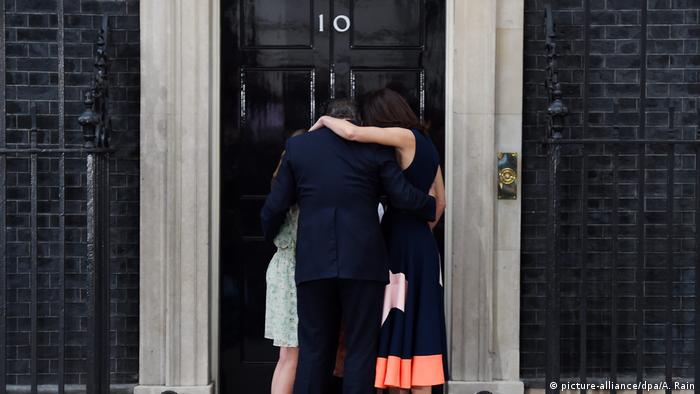
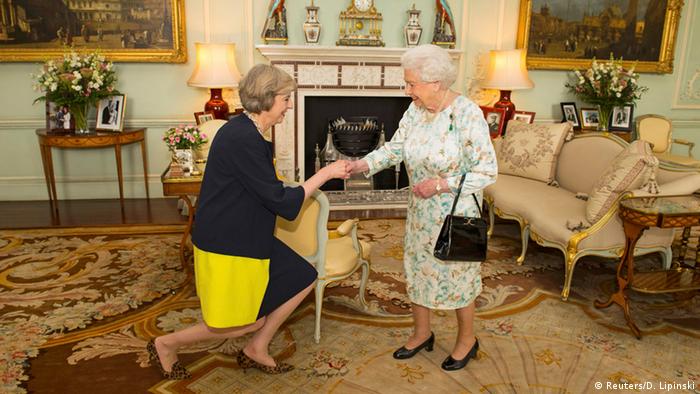
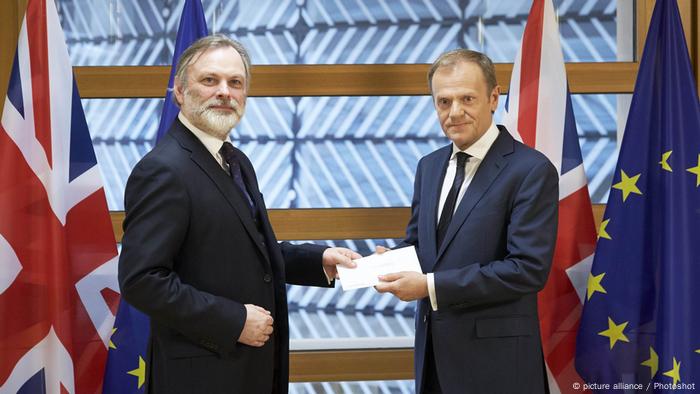

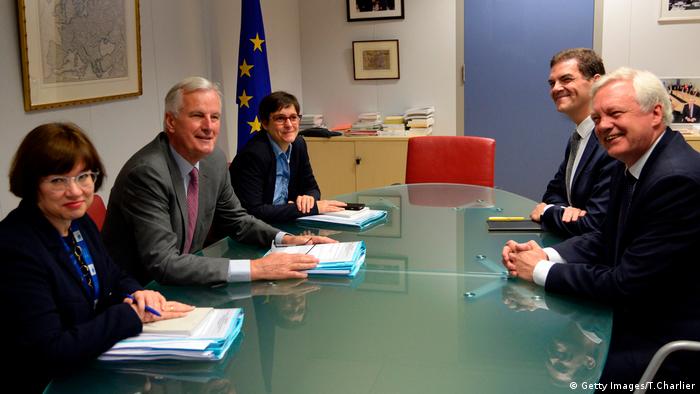
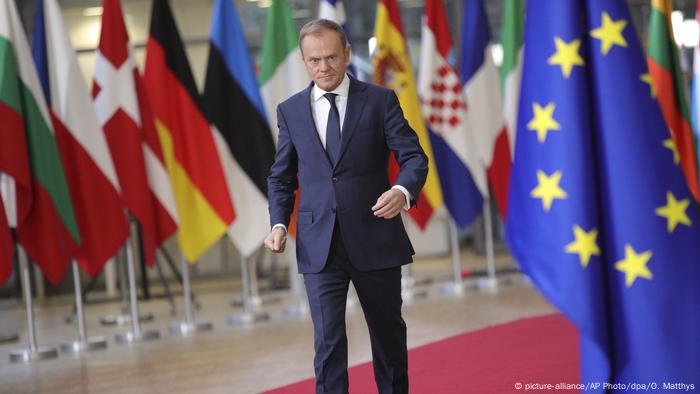
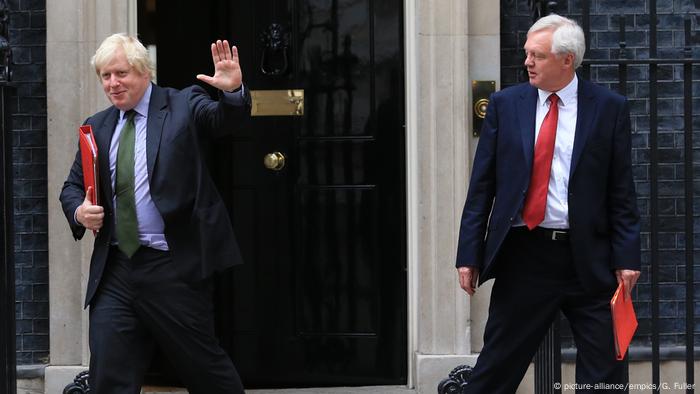
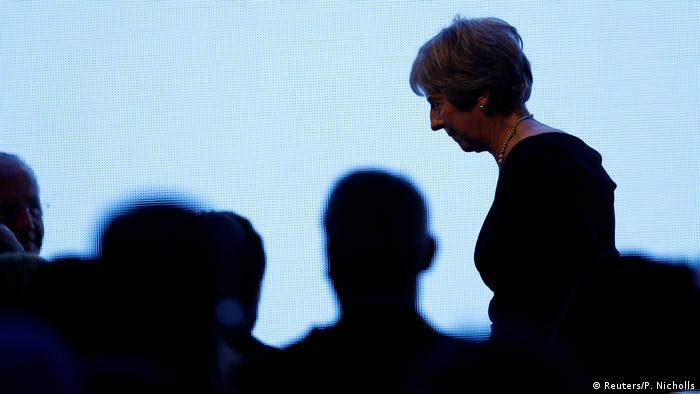

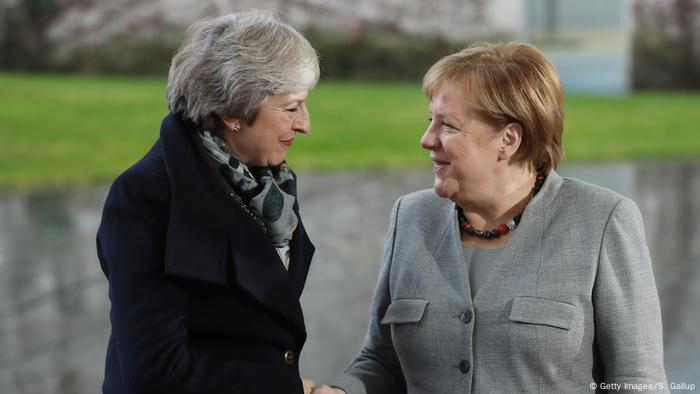
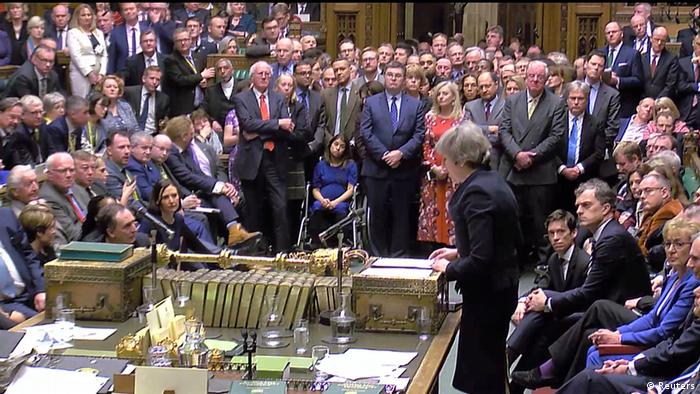

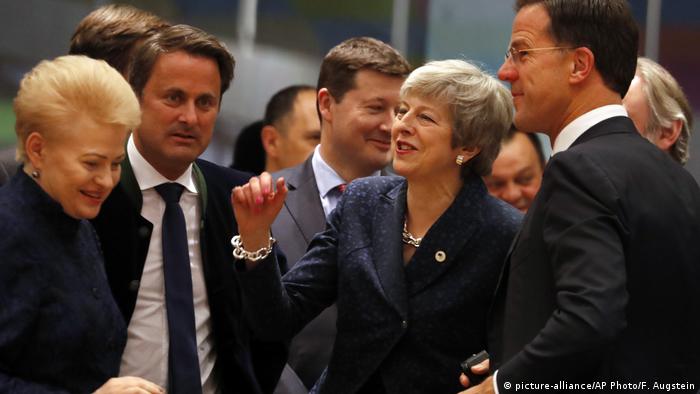

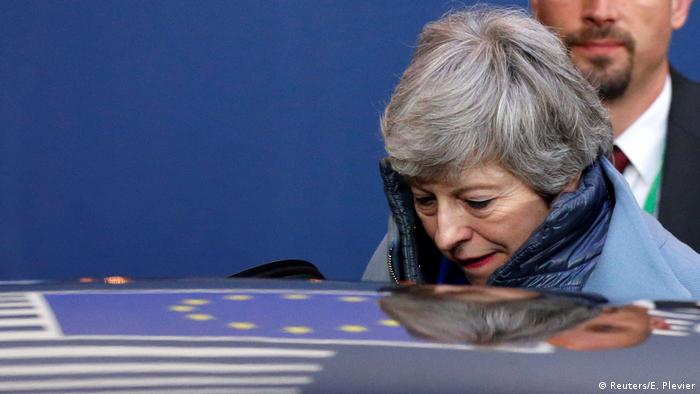
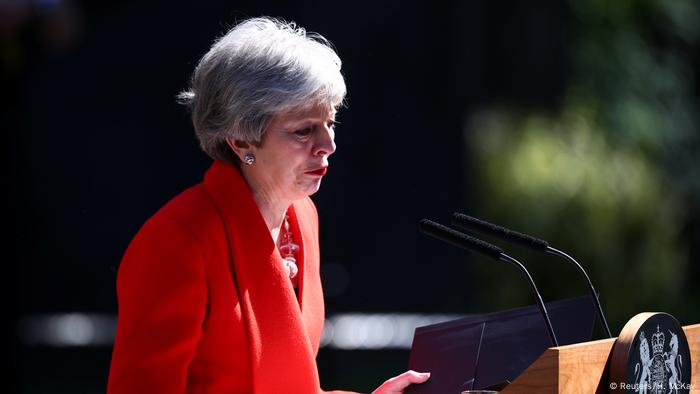
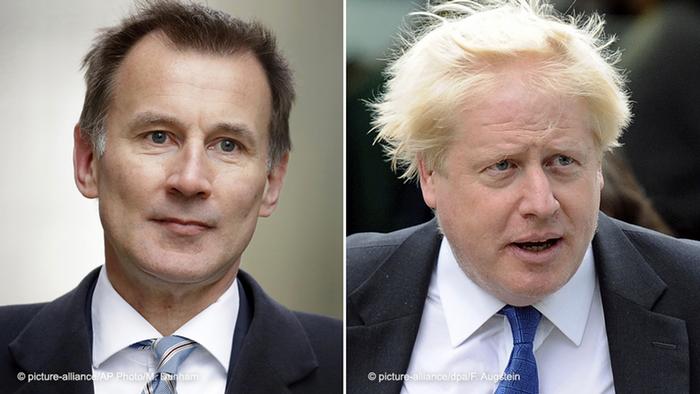

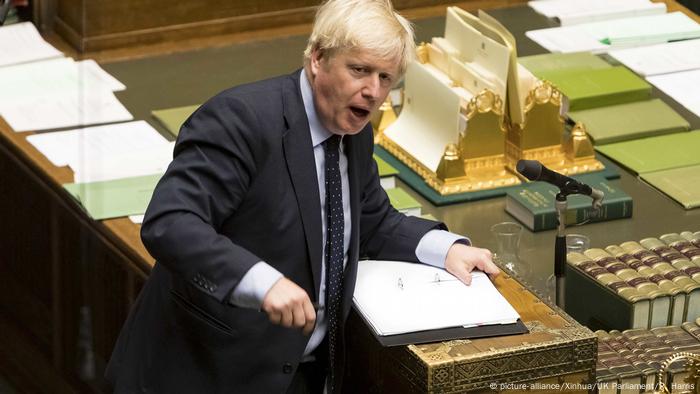
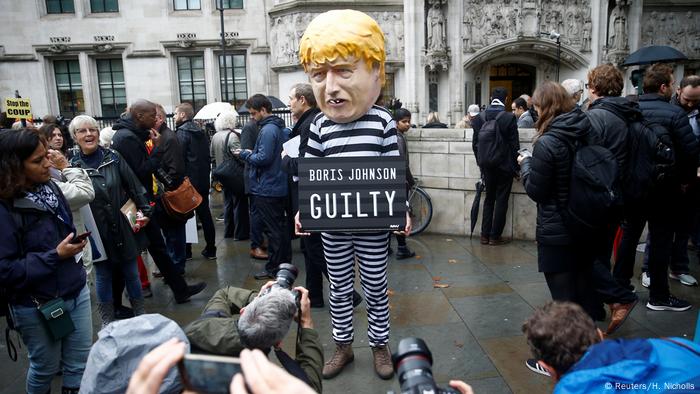
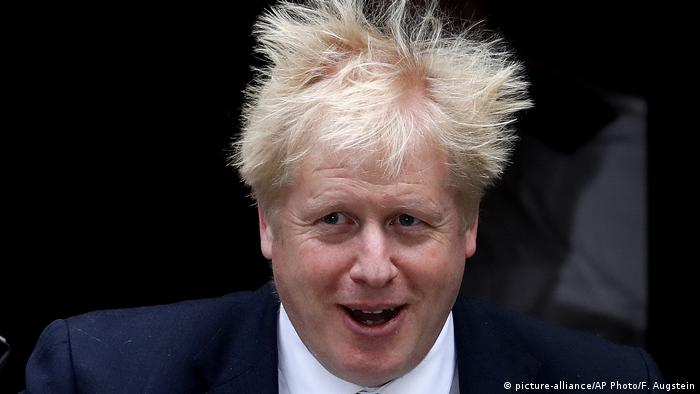


No comments:
Post a Comment